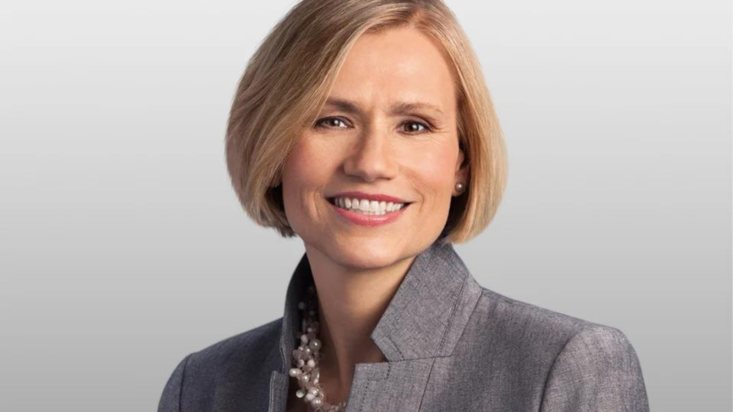US disinflation to put the brakes on rate hikes, but debt ceiling concerns remain: Invesco
Signs that the US economy is entering a strong disinflationary phase abound, with headline CPI (YOY) declining to 4.9 per cent in April from its high of 9.1 per cent in June 2022 and Core CPI close behind. With the Fed’s rate now exceeding inflation, the inflationary cycle should be “largely in the rear view mirror” according to Invesco chief global market strategist Kristina Hooper.
In a recent ‘Insight’ blog post on the macro/market picture for the global money manager, Hooper said that the Fed funds rate passing inflation has historically signalled the end of rate hikes. After the Fed’s most recent 25 basis point hike in May, the recent economist said she was prepared to make a “bold pronouncement”.
“I believe inflation is largely in the rear view mirror, and the Fed will not be hiking again,” Hooper stated.
The trend could be a global one, she revealed, with Invesco “hearing language” from other central bankers across the world that tightening could soon come to a conclusion. Indeed, European Central Bank Vice President Luis de Guindos made this clear in mid-May when he said Europe has “now entered the home stretch of our monetary tightening path”.
Not everyone agrees that inflation has reached its current zenith, she noted, Fed Governer Michelle Bowman among them. “However, I take her comments with a grain of salt,” Hooper stated, adding that “…when push comes to shove, I think the Fed will not hike again”.
Markets on edge
Investors remain wary, however, for two main reasons according to Hooper. The spate of US regional banks that went bust earlier in the year, combined with the demise of global bank Credit Suisse, has eroded consumer confidence in the banking system, while there also remains concern that intrinsic damage done to the economy by the rapid rate hikes has yet to play out fully.
Then, she added, you have the current US debt ceiling standoff.
“We need to look at 2011 as a guide of what might happen to markets this time around. Back then, both US and international stocks began to meaningfully deteriorate well before the projected X-date as credit ratings agencies put US debt under review, and S&P ultimately downgraded US debt. For example, between July 1 and Sept 30, 2011, the S&P 500 Index fell 15.1 per cent, while the MSCI Emerging Markets Index dropped 23.1 per cent. However, it is important to stress that these indices rebounded within several months.
“Today, I would expect a significant stock market sell-off to begin soon if there are no signs of real progress in negotiations,” Hooper continued. “Ultimately, we do not expect the US to default on debt or delay payments of Social Security and other important programs – both sides clearly have a strong interest in avoiding extreme financial instability – but it is a more politically charged environment than even 2011. And that means that markets will likely remain on edge.”
A shift in positioning
Investors should remain “positioned defensively” in the near term, the economist believes, but there are pockets of opportunity in the market.
“Within equities, I would favor technology, health care and consumer staples,” Hooper stated. “I’m most positive on tech as I believe it will be the biggest beneficiary of rates coming down.”
On the fixed income side, Hooper favours investment grade corporates and municipal bonds. Within commodities, she is overweight gold and underweight oil.
“For strategic allocators, I believe this may be a time to maintain long-term positions and, if stock prices fall, look for opportunities to add exposure to equities, especially international equities, in order to position for the future,” she stated.
“We need to recognise that this period of turbulence is likely to be relatively brief. I expect stocks to start discounting an economic recovery once the debt ceiling has been resolved and the banking mini-crisis appears to have been tamed, which would mean a shift in positioning to a more risk-on environment.”











